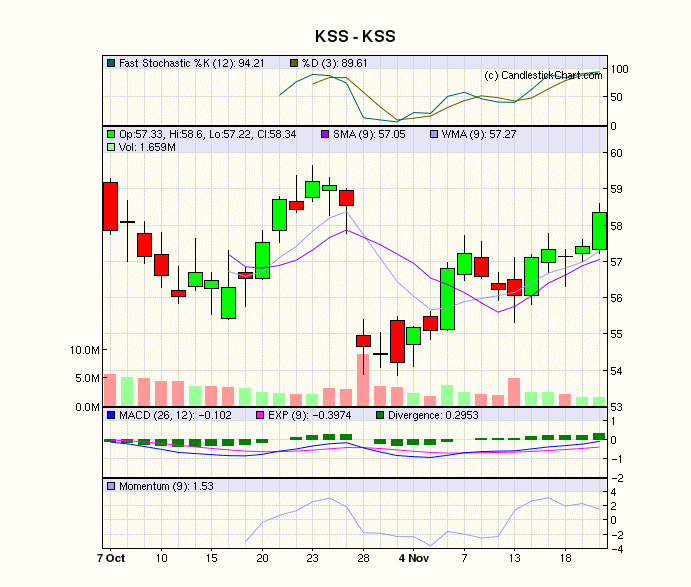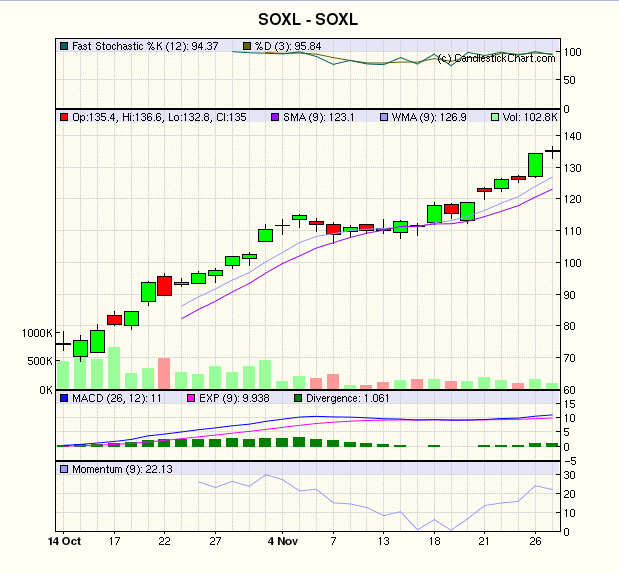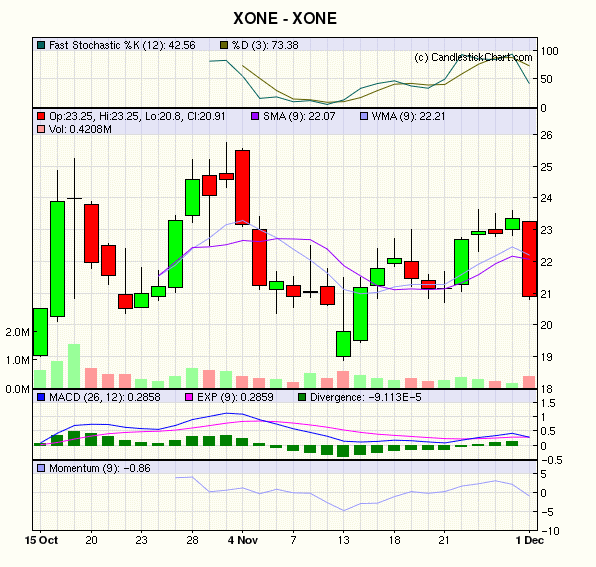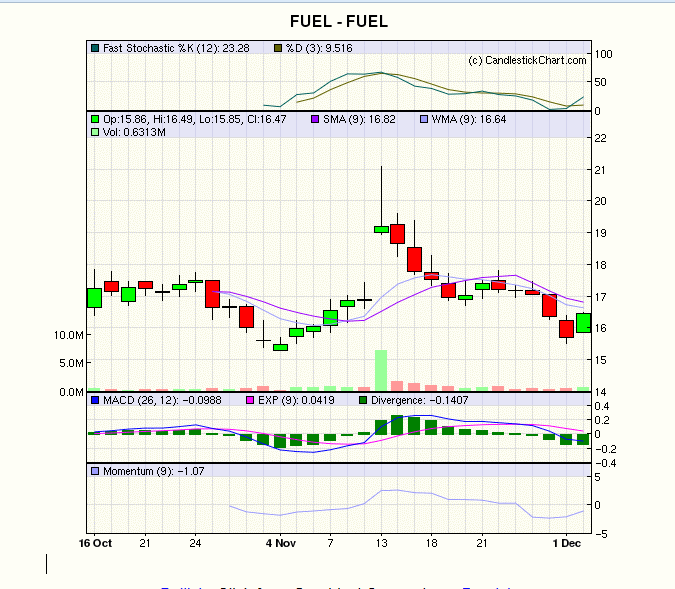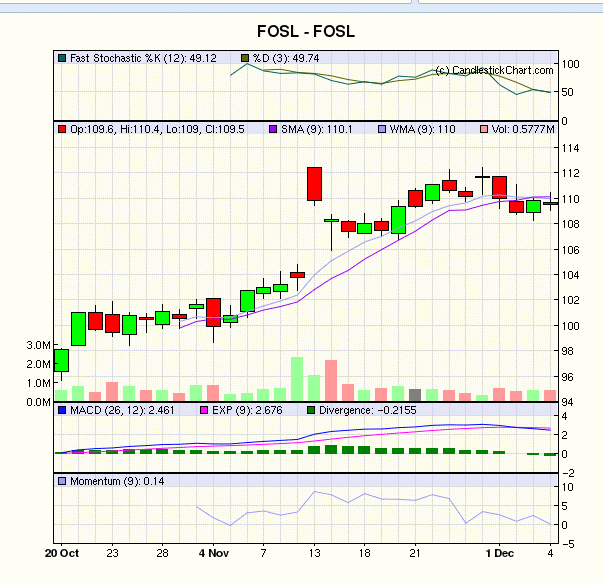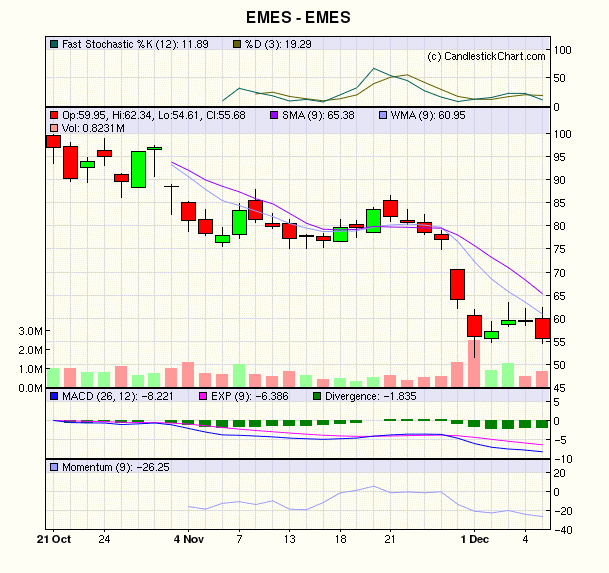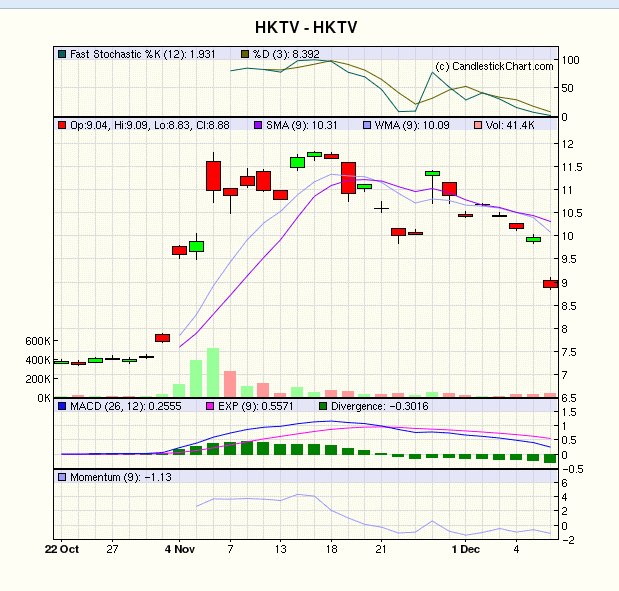verial
Member
- Messages
- 52
- Likes
- 4
I put $3,000 into a brokerage account. Let's turn it into 1 Million!
Method:
-Use statistics to make decisions: Only use statistically backed strategies.
-Trade after gaps: Bet on whether the gap will fill or continue moving "away" from the gap.
-Use candlesticks to confirm direction: Use candlestick analysis post-gap to get a probability of over 90% that we are betting in the right direction.
-Use options as leverage and as income generation.
Notes
1. I already bought a call option that's increased in value, so I'm starting a bit above $3,000.
2. If you have any questions, please ask them in this thread.
3. I'm using eTrade, so commissions will be at least $10 per trade.
Method:
-Use statistics to make decisions: Only use statistically backed strategies.
-Trade after gaps: Bet on whether the gap will fill or continue moving "away" from the gap.
-Use candlesticks to confirm direction: Use candlestick analysis post-gap to get a probability of over 90% that we are betting in the right direction.
-Use options as leverage and as income generation.
Notes
1. I already bought a call option that's increased in value, so I'm starting a bit above $3,000.
2. If you have any questions, please ask them in this thread.
3. I'm using eTrade, so commissions will be at least $10 per trade.



